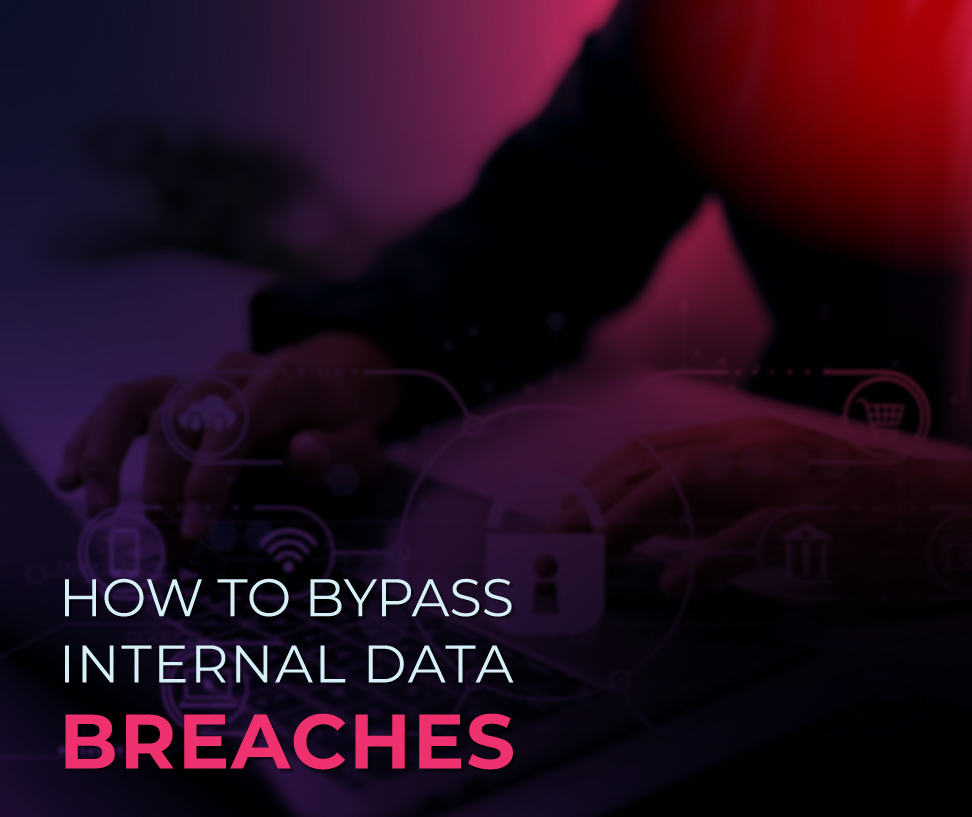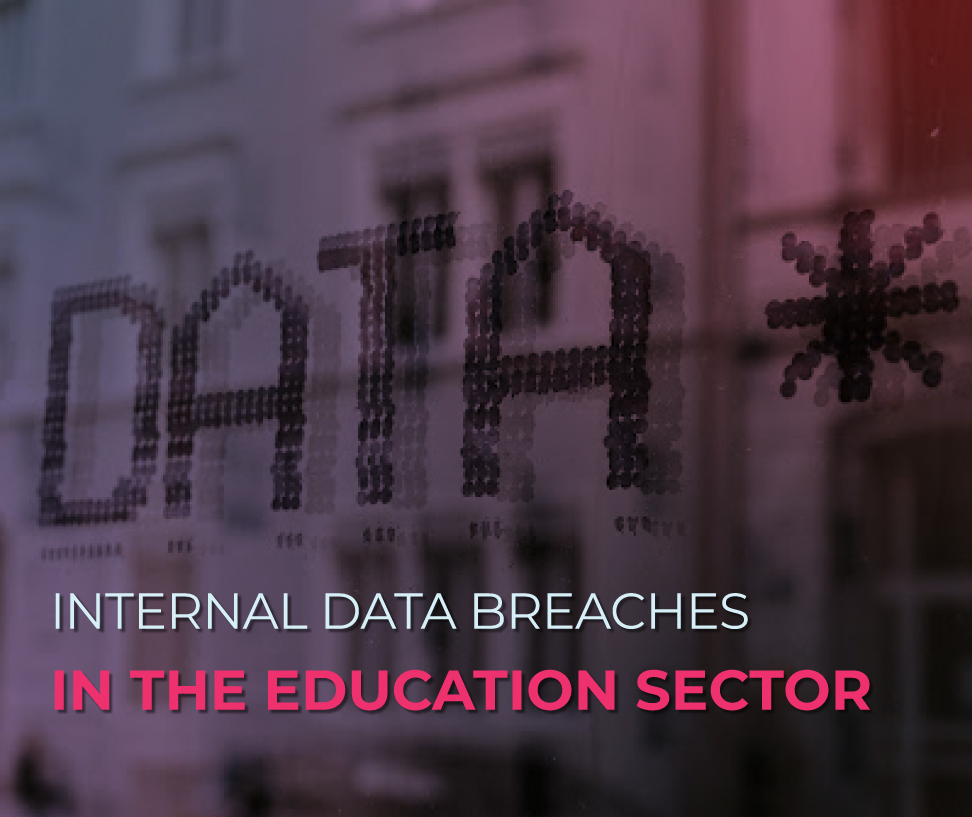
Resources
Cyber security threats: 7 common types that you might face
A cyber attack is defined when an individual or an organization attempts to breach an information system of another person or organization without their authorization.
It’s usually done with a malicious goal in mind, whether financial, political, or personal.
Cyber threats are becoming more brutal and pervasive and continue to grow every day along with technological developments. To better understand the type of risks that any organization can face, we created a list of the most common cyber security threats.
7 common types of cyber security risks
- Malware
Malware attacks are considered as the most common threats faced by individuals and organizations. It is defined as malicious software, including spyware, ransomware, viruses and worms, which installs itself in the system when the user clicks on an unsafe link or email. Once inside the system, malware blocks access to critical network components, damages them, and collects confidential information.
- Phishing
It’s a cybercrime where a target is being contacted through email that claims to come from legitimate sources. They would be lured to provide confidential information such as passwords, social security numbers & credit card details.
- A Denial-of-Service attacks
DoS usually plots a significant server shutdown, barring users from accessing the system or network by creating a traffic overflow.
Once those attacks use numerous infected sources to send overwhelming traffic to a targeted server, it would be referred to as a Distributed-Denial-of-Service (DDoS) attack.
- Man in the Middle Attack (MitM)
It usually happens when cyber criminals put themselves between two-party communication. For example, they would interrupt the traffic between a user and a network, filter data and steal sensitive information. Public wifis’ users are the most vulnerable to this type of attack.
As stated by Netcraft, 95% of HTTPS servers are vulnerable to MitM.
- Structured Query Language Injection
An SQL injection attack often occurs when attempts to access the database data by downloading malicious SQL scripts. Once the server is infected, the malicious actor can view and modify the information stored in the SQL database.
- Ransomware
Ransomware is an evolving form of malware attack in which the attacker encrypts the victim’s information and threatens to distribute or block its access, except if a “RANSOM” is paid.
- Domain Name System Attack
It’s a cyberattack where cybercriminals exploit vulnerabilities in the DNS. Attackers usually leverage the DNS vulnerabilities to divert website visitors to malicious pages and remove information from compromised systems.
- Internal data breaches
Internal data breach is a cyber security threat that can be intentional or accidental resulting in sensitive data leaks. This type of cyber security risks usually happen due to weak data protection protocols, use of unauthorized softwares and devices, sharing documents with third-parties and even physical theft of a company property.
Cyber risks are countless and are evolving along with technology advances. Recent reports are stating that a new cyber security attack is happening every 39 seconds somewhere on the web. Hence, it is crucial to understand cyber threats, their types and how organizations and individuals protect themselves from potential cyber threats.





